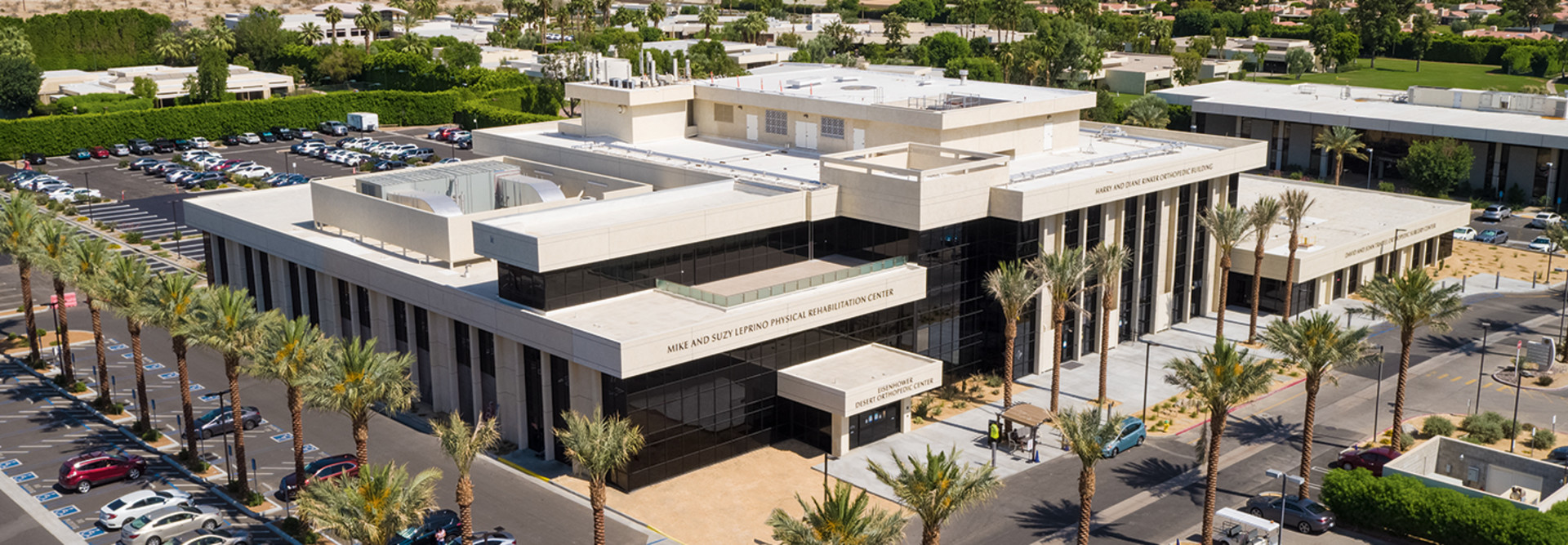Dr. Stephen O’Connell, President and Chairman of Eisenhower Desert Orthopedic Center, offers insight into his ambulatory surgery center. Photography By Matthew Furman
Health systems have increased investments in ambulatory surgery centers to provide patients a more affordable, convenient and personalized alternative to hospitals for their outpatient surgeries, all while delivering high-quality care.
The COVID-19 pandemic has accelerated the healthcare industry’s move to outpatient care, including home healthcare. But there are other growth drivers for ASCs: Medical and technological advances, such as arthroscopic and robotic surgery, enable minimally invasive procedures, allowing patients to go home the same day, which reduces the risk of infection because they don’t require hospitalization.
ASCs are also more convenient than hospitals and offer a more intimate setting that provides patients more personalized care, according to a McKinsey report. For example, patients using ASCs don’t have to navigate a crowded or large hospital. ASC staff are focused on patients’ needs and don’t have to worry about emergencies.
READ MORE: Learn how providers are strengthening community care.
“The setting is more patient friendly and less chaotic. There are no intercoms blaring and no emergency room with trauma patients. Fewer people also cuts down on infections,” says Jeffrey Flynn, vice president of the New York State Association of Ambulatory Surgery Centers and chief operating officer of Gramercy Surgery Center in New York.
It also costs less for providers to build and operate ASCs, which results in lower costs for patients and insurance providers.
Technology is critical to the success of surgery centers, ASC administrators say. The mix of computers, mobile devices, medical equipment and software integrated across the network and IT infrastructure enables ASCs to operate more efficiently and improve care.
Technology Is at the Center of Ambulatory Surgery
Eisenhower Desert Orthopedic Center’s expansion frees up the operating rooms for other surgical needs at the nearby 437-bed Eisenhower Medical Center.
In the past, orthopedic surgeries accounted for about 40 percent of surgeries at the medical center. With the expansion, 80 percent of the organization’s orthopedic surgeries can now be done at the surgery center, executives say.
The expanded surgery center has 23-hour recovery rooms for patients who need it and 22 patient exam rooms equipped with a computer and IP phone. About 170 clinical and administrative staff work onsite, including two full-time IT staffers.
“We have a lot of surgeries happening at the same time, so we can’t afford downtime,” says recently retired Eisenhower Health CIO David Perez.
Click the banner below for access to exclusive HealthTech content and a customized experience.












